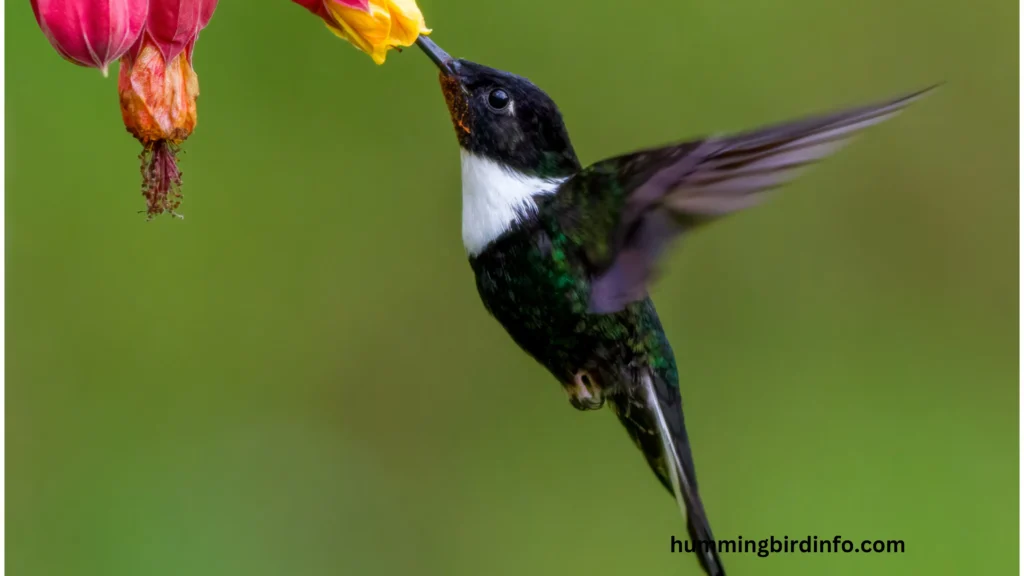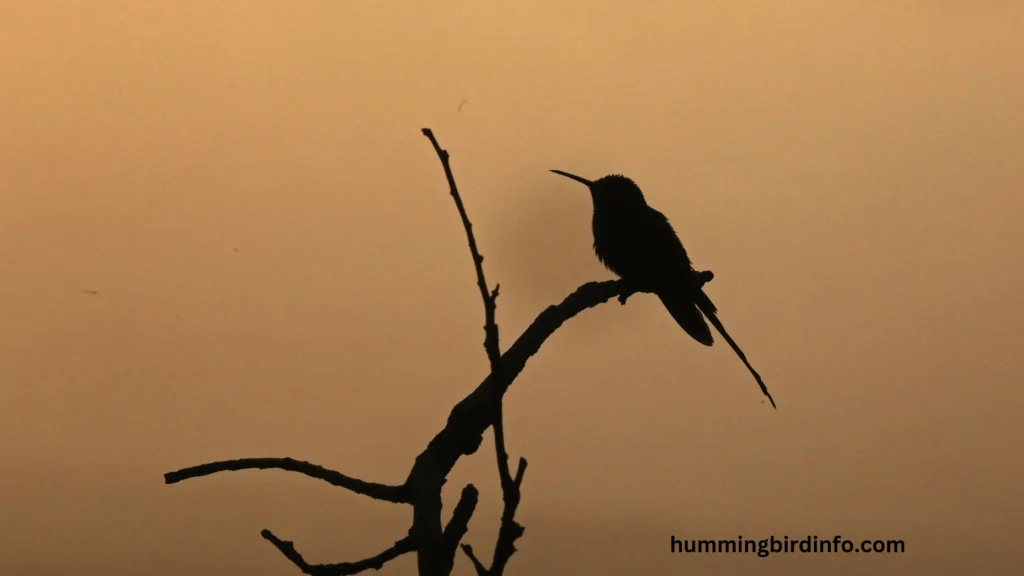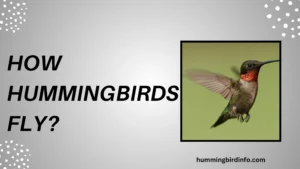There exists a bird so tiny, so delicate, that many mistake it for an insect at first glance. With wings that buzz like a bee and a body scarcely longer than a paperclip, this creature challenges everything we thought we knew about birds.
In the world of hummingbirds—already famous for their small size and agility—one species rules the realm of the minuscule: the Bee Hummingbird.
Why does size matter? In nature, extremes are often where the most fascinating adaptations occur. Being the smallest comes with its own set of challenges and survival tactics.
Understanding the Bee Hummingbird isn’t just a matter of trivia—it’s a glimpse into how far evolution can push the limits of life.
In this article, we explore the science, biology, and ecological significance of the Bee Hummingbird, the smallest bird on Earth. You’ll learn about its habitat, physiology, evolutionary path, and how it stacks up against other miniature hummingbirds.
If you’ve ever marveled at the power of tiny things, you’re in the right place.
Contents
- 1 1. The Reigning Monarch: Meet the Bee Hummingbird
- 2 2. The Physiology of Miniaturization
- 3 3. Habitat and Ecological Role
- 4 4. Size Comparisons: Other Tiny Hummingbirds
- 5 5. The Evolutionary Pressures of Smallness
- 6 Conclusion
- 7 FAQs
- 8 What is the smallest hummingbird in the world?
- 9 Why is it called the Bee Hummingbird?
- 10 Where can Bee Hummingbirds be found?
- 11 What do Bee Hummingbirds eat?
- 12 Can Bee Hummingbirds fly long distances?
- 13 How small are their nests and eggs?
1. The Reigning Monarch: Meet the Bee Hummingbird
The Bee Hummingbird (Mellisuga helenae) holds the official title of the smallest bird in the world. Endemic to Cuba, this miniature marvel is smaller than many insects and weighs less than a dime.
Male Bee Hummingbirds measure about 5.5 cm (2.2 inches) and weigh around 1.95 grams—roughly the weight of a paperclip. Females are slightly larger at 6.1 cm and 2.6 grams. Compared to familiar objects, they’re about the size of a large bumblebee.

Males dazzle with iridescent red heads, bluish backs, and white underparts. Females are less flashy, sporting green upper feathers and white-tipped tails. Their tiny wings beat up to 200 times per second during courtship displays.
Their flight is so rapid and high-pitched that it’s often mistaken for a buzzing insect. Add in their high-pitched chirps, and you have a creature more easily heard than seen. Most importantly, they live nowhere else but Cuba.
2. The Physiology of Miniaturization
Despite its size, the Bee Hummingbird is a metabolic powerhouse. Like all hummingbirds, it has an extremely high metabolism to support constant hovering and darting flight.
Its heart can beat up to 1,200 times per minute, and it breathes around 250 times per minute—even while resting. These vital signs are essential to meet its intense energy demands.
It feeds mostly on nectar, using a long bill and a forked, tube-like tongue that laps nectar from deep flowers. They also eat tiny insects and spiders for protein and nutrients.
To conserve energy, it can enter torpor—a state similar to hibernation—lowering its body temperature and metabolic rate at night. This allows the bird to survive when food is scarce or temperatures drop.
Such adaptations allow it to thrive in a state where being small demands more energy than one might expect. Every wingbeat, sip, and breath is a fine-tuned act of survival.
3. Habitat and Ecological Role
Bee Hummingbirds live in a variety of Cuban ecosystems including forests, edges of woodlands, and flower-filled meadows. They prefer areas rich in flowering plants, epiphytes, and vines.
These birds play a critical role in pollination, especially for plants that have co-evolved with their bill length and feeding behavior. Their visits help many native Cuban flowers to reproduce.
They build nests no larger than a thimble, often using moss, plant fibers, and spider silk. The eggs they lay are about the size of a coffee bean—the smallest among all bird species.
Their role as pollinators supports the health of their native ecosystem. Without them, certain plant species would struggle to survive or spread.
Although tiny, their ecological footprint is essential, proving that size does not determine significance in nature’s balance.
4. Size Comparisons: Other Tiny Hummingbirds
The Vervain Hummingbird (Mellisuga minima), native to Jamaica and Hispaniola, is the second smallest hummingbird, measuring slightly more in both length and weight.
The Esmeraldas Woodstar (Chaetocercus berlepschi), from Ecuador, is also very small and critically endangered. It’s vital to protect even the smallest species from habitat loss and extinction.
In Central America, the Scintillant Hummingbird (Selasphorus scintilla) ranks among the tiniest, with males measuring about 6.5–7 cm in length and weighing just over 2 grams.
In North America, the Calliope Hummingbird (Selasphorus calliope) is the smallest long-distance migratory bird. It travels over 5,000 miles, showcasing incredible stamina for its size.
Despite these rivals, the Bee Hummingbird remains the undisputed champion. But the margin is small, and science continues to refine our understanding of avian miniaturization.
5. The Evolutionary Pressures of Smallness
Being the smallest has evolutionary perks. It allows access to narrow flower corollas, reducing competition with larger birds for food.
But it comes with risks. A high surface-area-to-volume ratio means faster heat loss, forcing a high metabolic turnover and the need for frequent feeding.
They’re also more fragile, more vulnerable to predators, and more sensitive to changes in climate and resources. Even a missed meal can be a life-threatening event.

They must deal with structural limits as well—feathers, bones, and organs must all shrink without losing function. This balance demands precise evolutionary trade-offs.
Still, these hummingbirds show us how even the tiniest bodies can perform feats of agility, resilience, and evolutionary excellence.
Conclusion
The Bee Hummingbird is not just the smallest hummingbird—it is the smallest bird in the world. Its extreme miniaturization has driven a host of incredible adaptations, from its torpor response to its pollination role.
Understanding this featherweight champion sheds light on the limits of biology, the power of evolution, and the importance of conserving even the tiniest forms of life.
In a world where size often dictates status, the Bee Hummingbird reminds us that magnitude lies not in mass but in marvel. Within its tiny frame is a story of survival, intricacy, and wonder.
FAQs
What is the smallest hummingbird in the world?
The Bee Hummingbird (Mellisuga helenae) of Cuba is the smallest, measuring 5.5–6.1 cm and weighing 1.95–2.6 grams.
Why is it called the Bee Hummingbird?
Because of its tiny size, buzzing flight, and resemblance to a bee when hovering near flowers.
Where can Bee Hummingbirds be found?
They are endemic to Cuba, meaning they live nowhere else in the wild.
What do Bee Hummingbirds eat?
They primarily consume nectar, but also eat tiny insects and spiders for protein.
Can Bee Hummingbirds fly long distances?
No, due to their high metabolism and limited fat storage, they do not migrate like some larger hummingbird species.
How small are their nests and eggs?
Nests are the size of a thimble, and the eggs are as small as a coffee bean—the tiniest of any bird.








